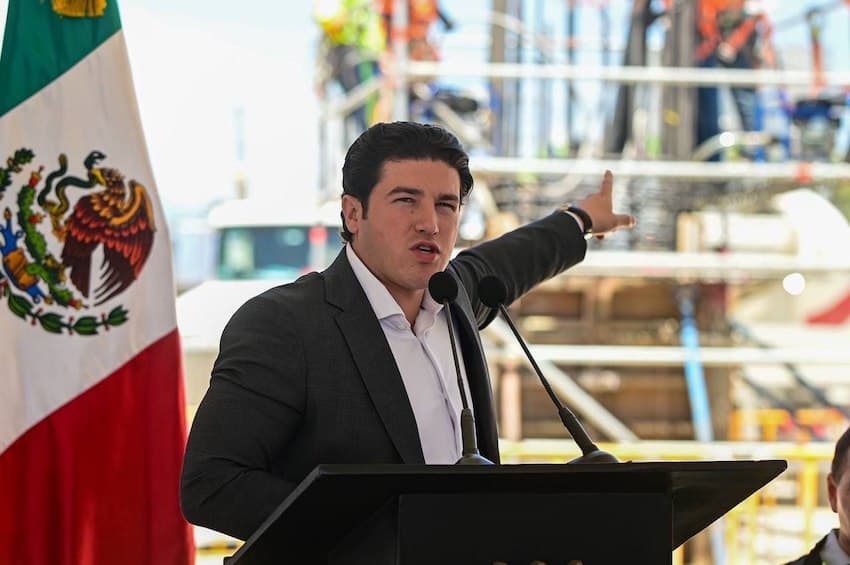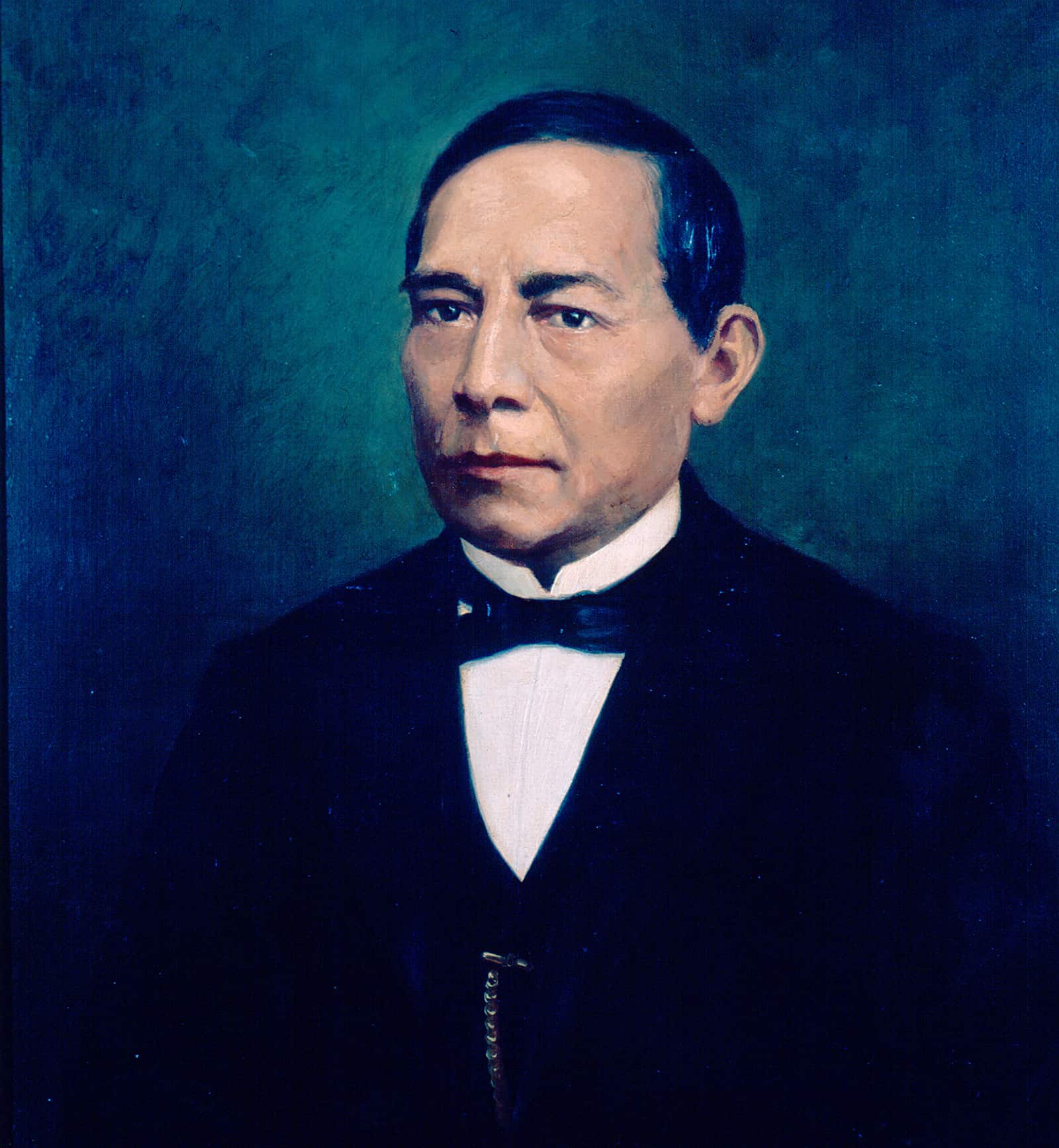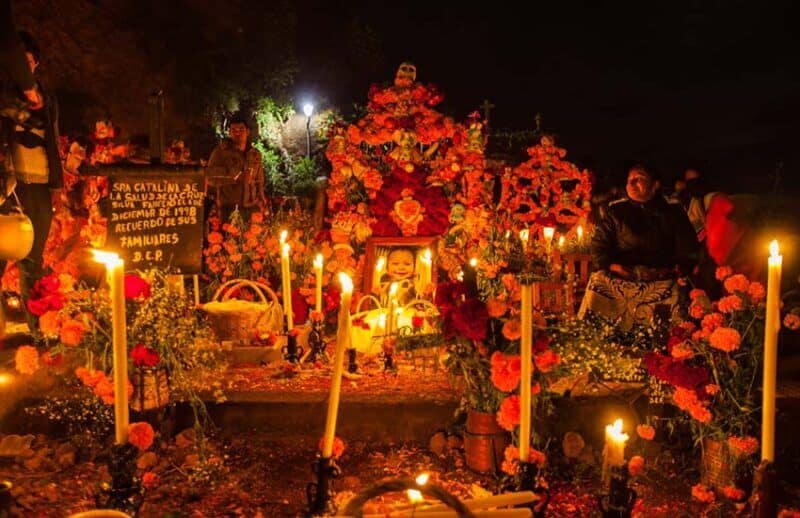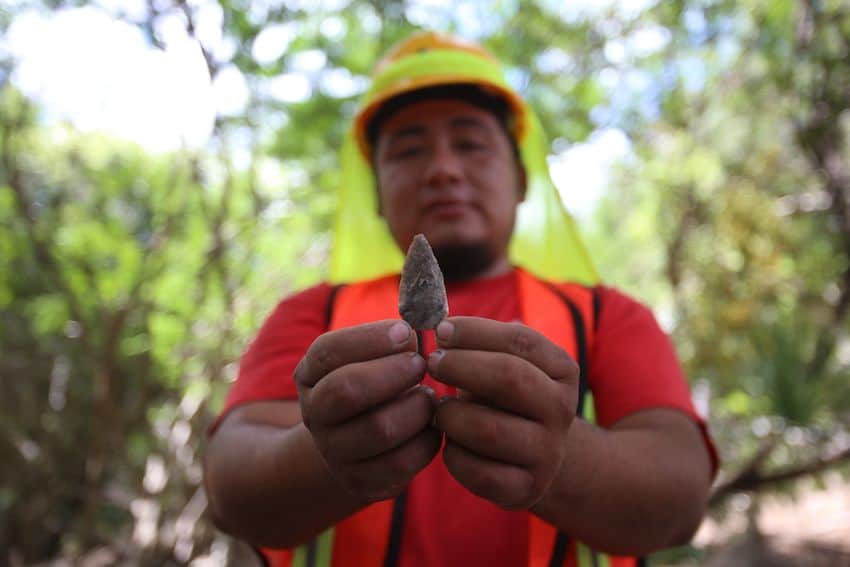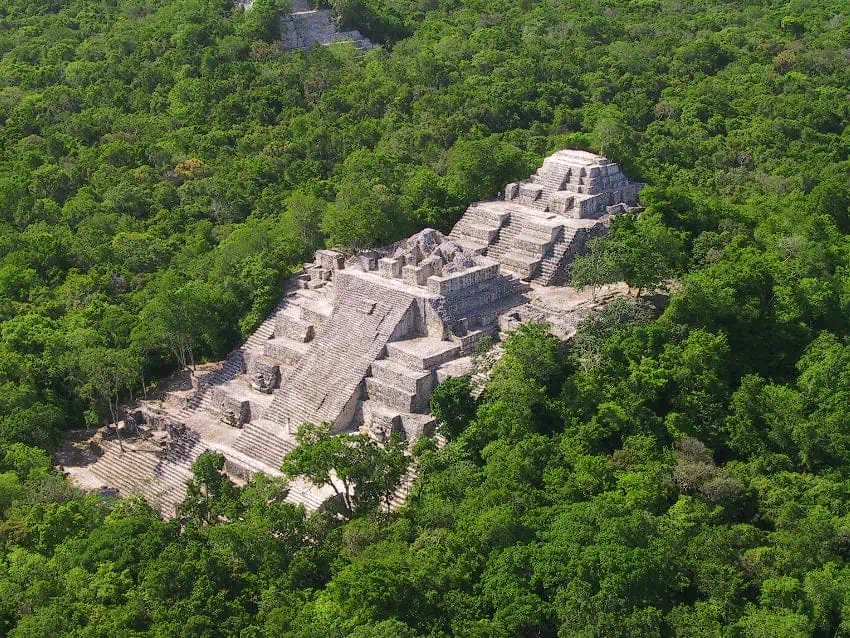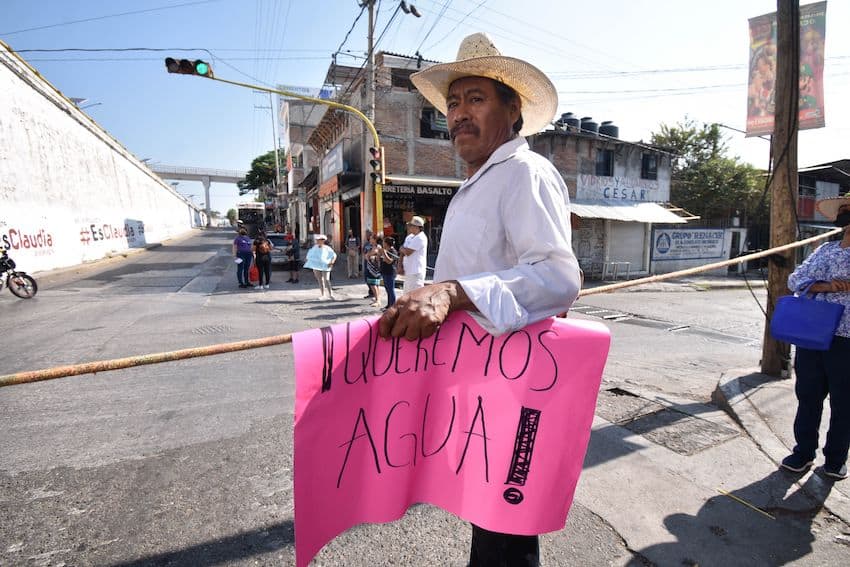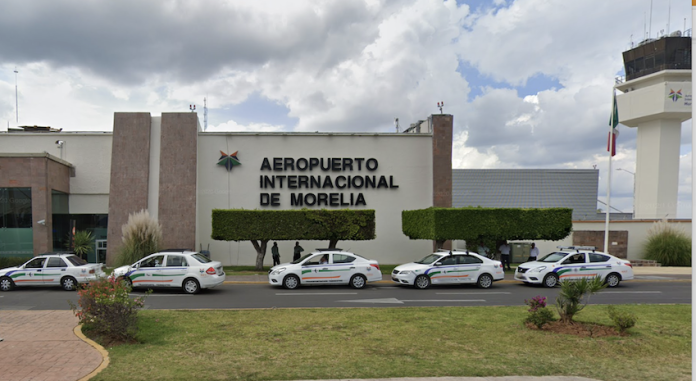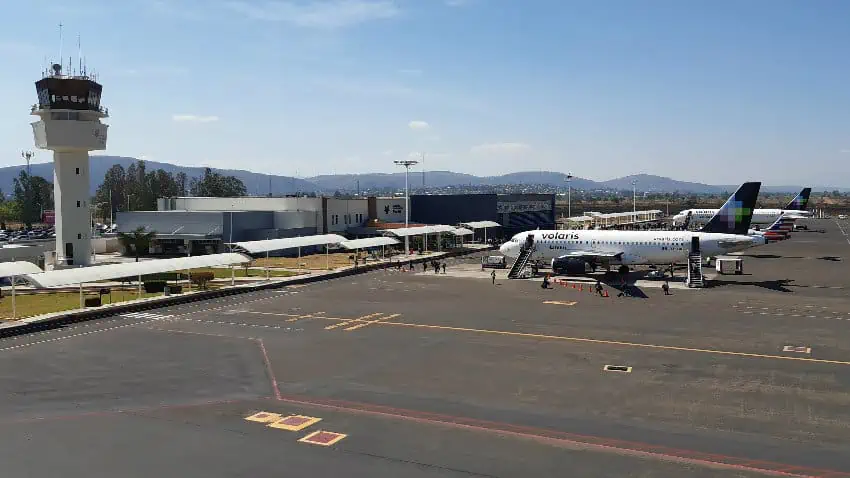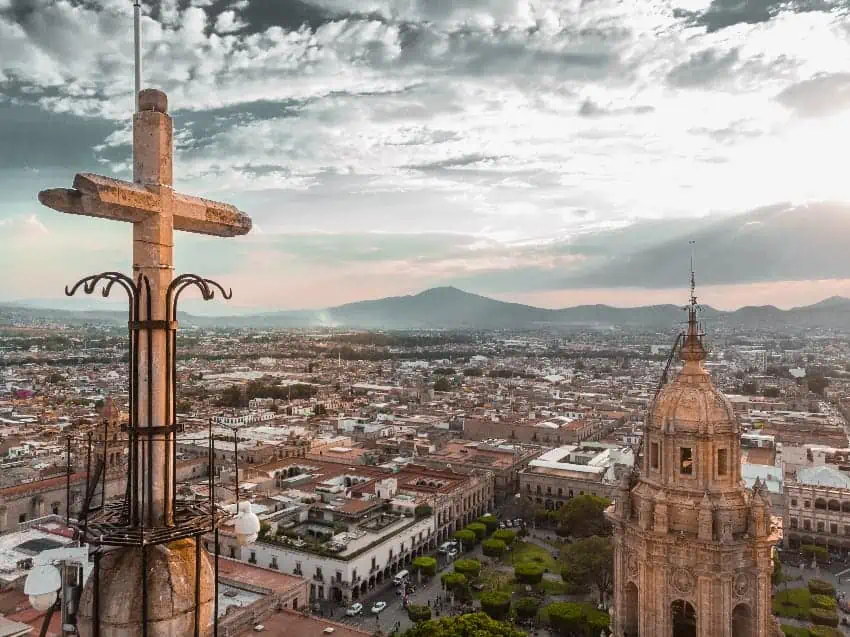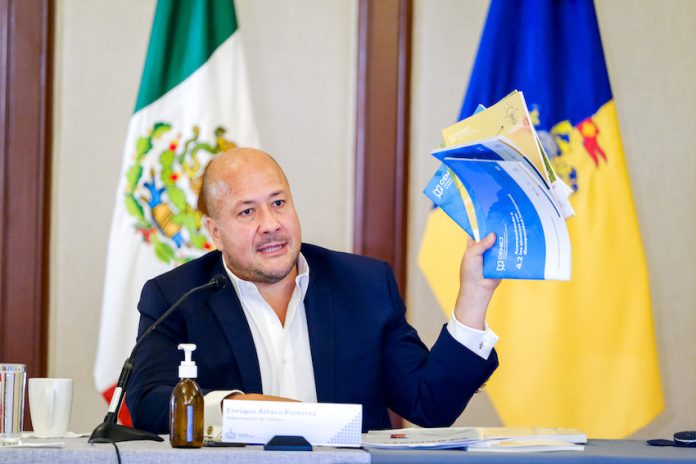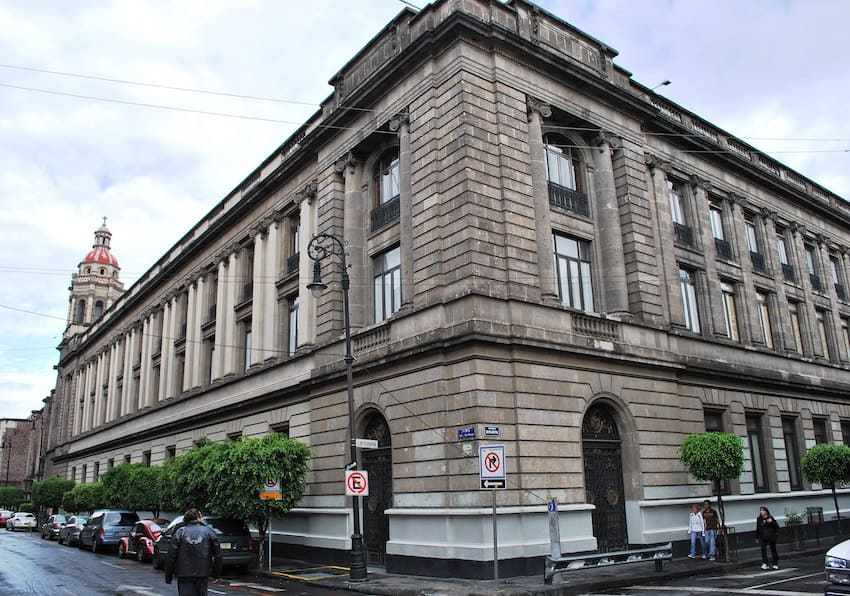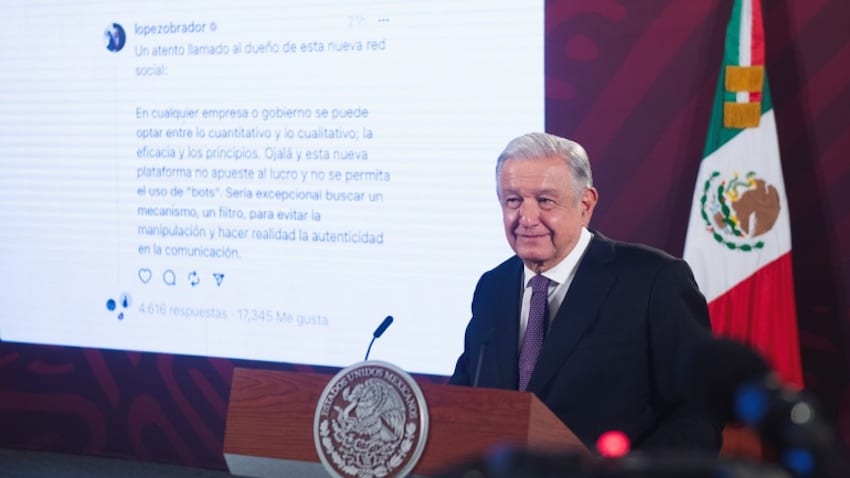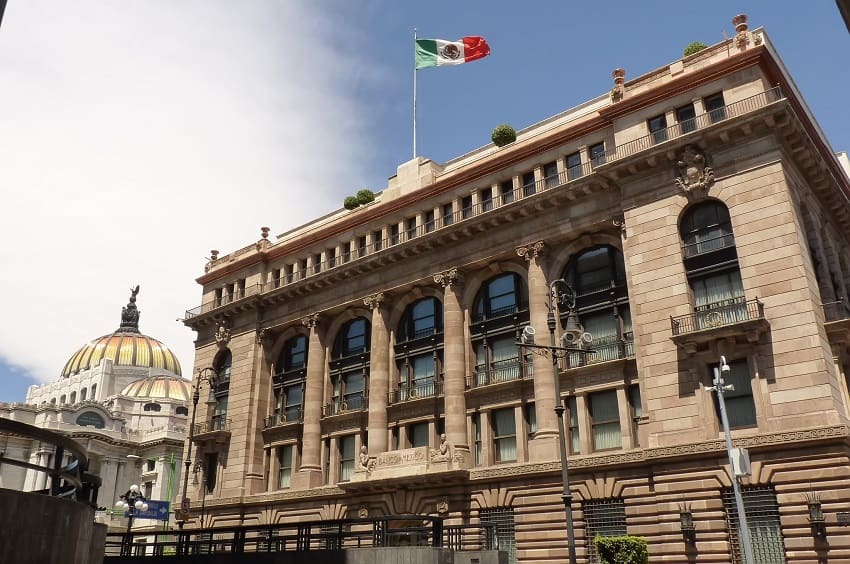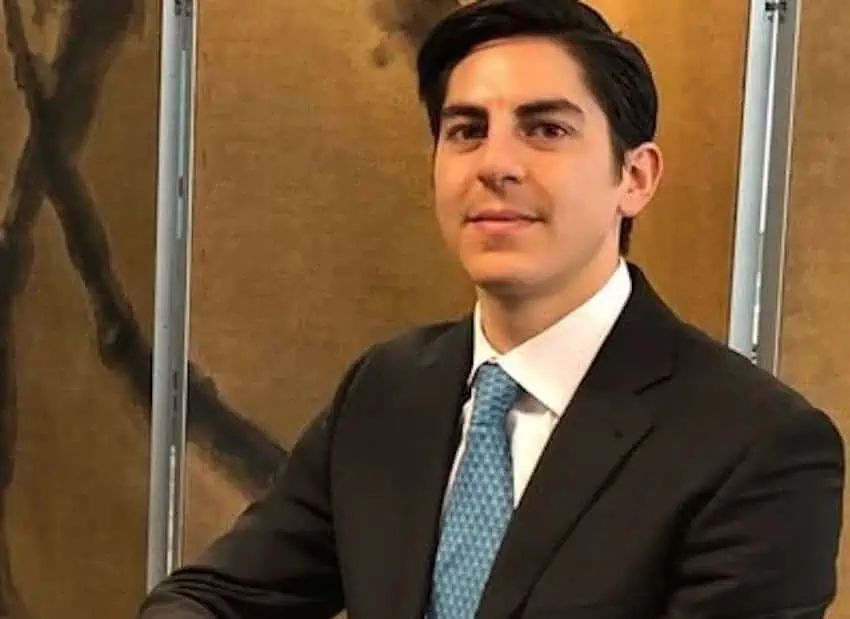Every year, InterNations — which bills itself as “world’s largest network for people living and working abroad” — conducts an “expat satisfaction” survey of thousands of its members living all over the world.
Mexico took the spotlight in 2023, with InterNations users voting it the number-one place worldwide to live.
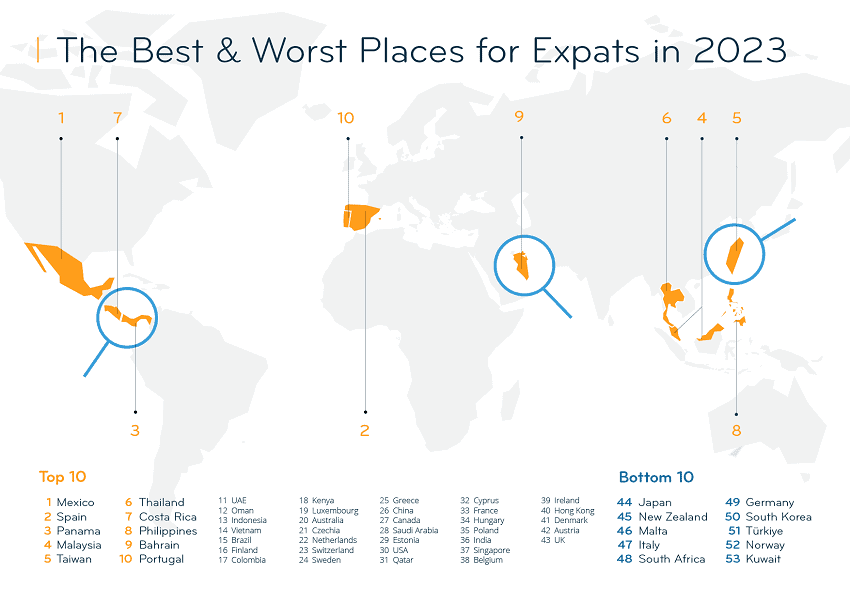
Citing factors like quality of life, feeling welcomed, cost of living, ease of settling in, affordable housing and a beautiful culture, almost 12,000 expats gave Mexico a big thumbs up. And, 90% of expats in Mexico also said they were “happy with their lives,” as opposed to 72% of expats in other countries.
These rave reviews have made many people think more seriously about actually moving to Mexico. But how can you actually do it?
After living in Mexico for almost 20 years, I’ve learned that there’s no single way to make your expat dream a reality. More than 1.5 million Americans live in Mexico, and you can bet each one’s journey was different, with their own style, timetable and priorities.
That being said, here are some tips to make your transition easier and help you relax and enjoy the sometimes bumpy — but always amusing — ride you’ve just begun.
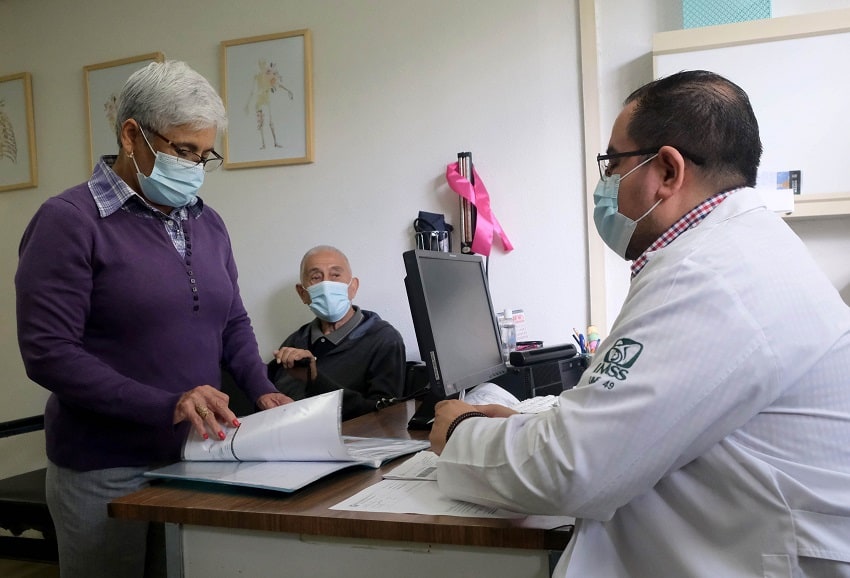
Do your due diligence
Research everywhere you can think of. Check and double check information. Don’t rely on hearsay; look at Facebook pages, blogs and YouTube, then investigate some more.
Remember: if it sounds too good to be true it probably isn’t true.
Visit the place you’re interested in and see how it actually feels once you’re on the ground. While you’re there, talk to anyone you can; most folks are friendly and willing to answer the millions of questions you’ve probably come up with.
Check out housing and location options
Your new life is going to look very different than the one you’re leaving, and you may not know exactly what that means. Houses, condos and apartments can be found at every price point, with wildly differing amenities. Consider renting for a year or more while you figure out what you want.
As you ponder the future, think about where you see yourself: a busy, cosmopolitan city, a peaceful, rural paradise or something in between, bearing in mind that all those look different in Mexico than what you’re likely used to. Think long and hard about what your priorities are, but if they’re unclear at this point, that’s OK too.
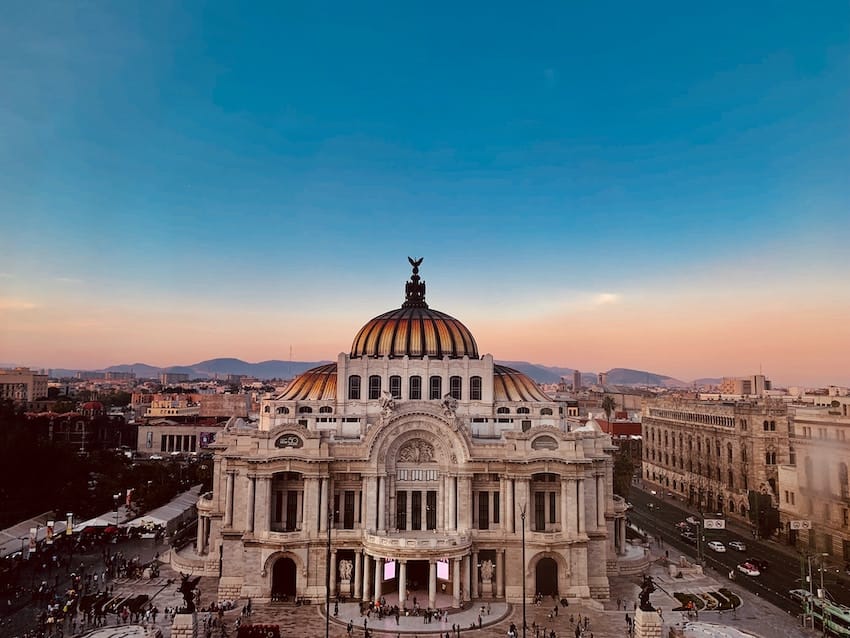
Explore medical options and facilities
If you’re retiring and of senior age, you’ve probably given this lots of thought already. You’ll be looking for expert medical care by English-speaking professionals, something that’s not available everywhere in Mexico.
As you research, dig deep into details you might not consider in your home country. Check out the local hospitals, clinics and medical centers: what resources and technology do they have? Can they give you a tour of the facilities? Cities with big expat populations, like Puerto Vallarta, have excellent medical resources that will be able to take care of your health needs in a way you’re used to.
You may have heard about Mexican IMSS health insurance, but look beyond the clickbait headlines and do your research! It’s not free: costs depend on age and physical condition. You’ll also want to visit the local general hospital before signing up. While Medicare doesn’t cover costs out of the U.S., some insurances and Advantage Plans do.
Business basics
Where will you keep your money? A bank in your home country, a Mexican bank, or both? Be sure to check if your current bank charges a fee for international withdrawals; if it does, consider switching to another bank that doesn’t.

How about a phone plan? Mexican companies offer amazing cell phone plans — many of which include free calls to the U.S. and Canada — but maybe you want to keep your U.S. number. Will it work where you’re moving to? If you want access to U.S. TV and streaming channels, how will you manage that?
Update and make copies of personal documents — physically and in the cloud — and consider designating someone in your home country to get your mail and keep copies of your important papers, just in case.
Cost of living
Be very skeptical of articles or videos peddling a one-size-fits-all monthly budget for living in Mexico. Your cost of living can indeed be much lower than in the United States or Canada, but it also depends on your lifestyle and where and how you want to live.
Utilities usually cost much less in Mexico, and rent, property taxes and home prices can be much lower than they are in the rest of North America. On the other hand, if you prefer to live in a new condo with lots of amenities, costs will be higher — potentially much higher.
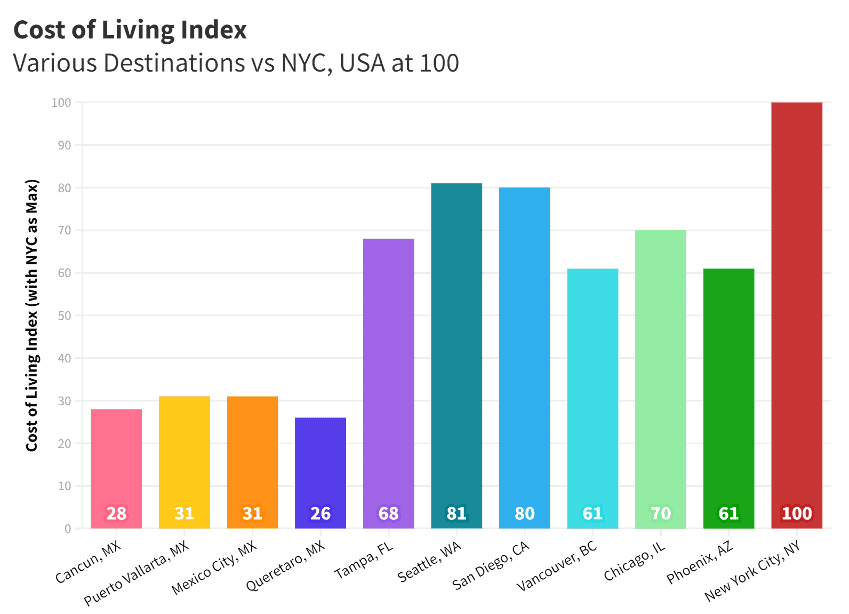
Question carefully what your costs will be specific to where you’re going and with your preferred lifestyle in mind. Ask on Mexico expat Facebook pages or, better yet, go for a visit and talk to folks in person who actually live there.
There may be some sort of expat meetup group or community center where you can ask some of these questions and get real-time answers and information. Also ask about those sorts of options when you contact the expat online forums. Consider talking to realtors about costs too, although get a recommendation from fellow expats for a realtor to talk to.
No matter how much preparation and research you do, it’s inevitable that there will be unexpected surprises along the way. It helps to remember that you chose to be on this adventure precisely to create and enjoy a new life that isn’t completely the same as what you’d been living before.
Embrace your journey into the unknown of your new expat life with your eyes open but also with a happy heart, a smile on your face and the freedom to create the future you’ve been dreaming of!
Janet Blaser is the author of the best-selling book, Why We Left: An Anthology of American Women Expats, featured on CNBC and MarketWatch. She has lived in Mexico since 2006. You can find her on Facebook.







